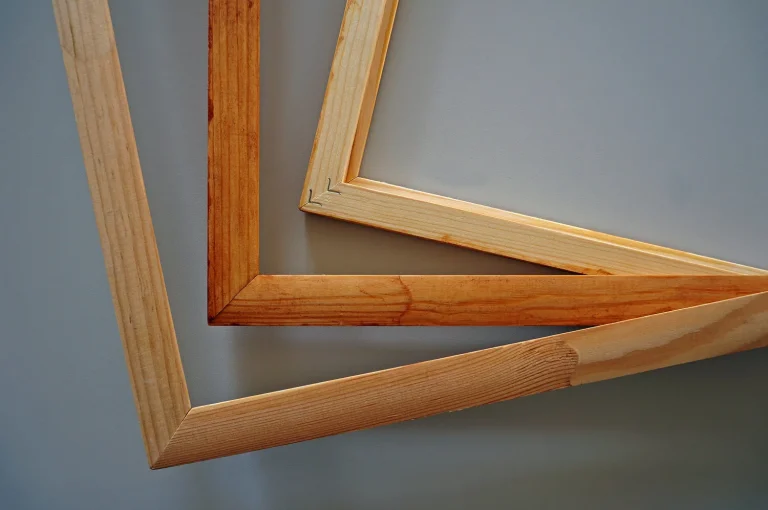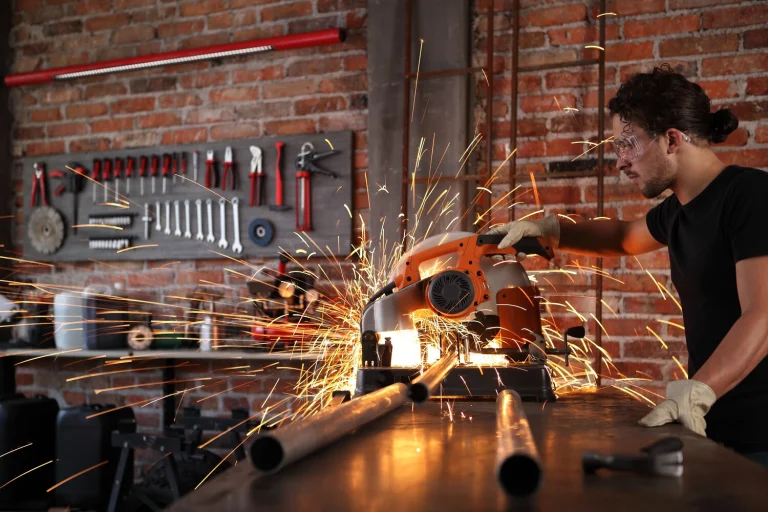The Top Reciprocating Saw Uses for DIYers
Welcome to our article on the various uses of a reciprocating saw. A reciprocating saw, also known as a sabre saw, is a versatile tool used by professionals and DIY enthusiasts alike. It’s essentially a saw blade that moves back and forth in a linear motion, making it ideal for cutting through a wide range of materials.
In renovation and innovation, the reciprocating saw is a crucial tool in cutting and removing materials. From demolishing walls to trimming tree branches, the reciprocating saw can handle the toughest jobs with ease. Its adaptability in cutting through wood, metal, and even masonry makes it perfect for any project.
Apart from its capability to cut, the reciprocating saw can also be used for sanding, scraping, and drilling. This makes it an essential tool for any professional contractor or do-it-yourself enthusiast.
Whether you’re tackling a home improvement project or renovating a commercial property, the reciprocating saw is a valuable addition to your tool collection.
In this article, we’ll explore the many uses of a reciprocating saw and its importance in renovation and innovation. So, let’s dive in!
Understanding the Reciprocating Saw
A reciprocating saw is a handheld power tool that is used to cut through a wide variety of materials, including wood, metal, plastic, and even masonry. Its name comes from the back-and-forth motion of its cutting blade, which moves in a reciprocating motion. This tool is primarily used in demolition and construction work, as well as in home repair and DIY projects.
The reciprocating saw is a versatile tool with a number of benefits, including its ability to cut through thick or hard materials quickly and easily. Additionally, because it is handheld, it can be used in tight spaces and in hard-to-reach areas. This tool is also relatively lightweight and easy to use, making it a popular choice for both professionals and hobbyists. Whether you are a DIY enthusiast or a professional contractor, understanding how the reciprocating saw works and its many benefits can help you work more efficiently and effectively.
Epic Ways to Use a Reciprocating Saw
The reciprocating saw, also known as a Sawzall, is a powerful tool with a versatile range of uses. For designers, contractors, and DIY enthusiasts, it has become a must-have tool in their arsenal. Whether for renovation or demolition, crafting, innovation, or landscaping, a reciprocating saw is capable of getting most jobs done with ease and precision.
For renovation work, it can be used to remove drywall, old tiles, and flooring, cut through concrete and metal pipes, and make precise angled cuts to install beams and studs, as well as cutting supporting walls and roof panels. For crafting, the reciprocating saw can be used to create intricate designs and cuts on wooden surfaces.
For innovation, it can be used to fabricate materials for prototypes and design large sculptures. When it comes to landscaping work, the saw can be employed to remove difficult tree roots and branches, cut hedges, and shape bushes. Indeed, a reciprocating saw is a tool every homeowner, contractor, and designer should have in their toolbox as it can handle any task with epic precision.
Reciprocating Saw Tips and Tricks
Reciprocating saws are incredibly versatile tools that can make tough jobs a breeze. However, there are a few tips and tricks that you should be aware of to get the most out of your reciprocating saw.
Firstly, always follow safety precautions when using the saw as it can be a dangerous tool if used incorrectly. Make sure you wear the appropriate safety gear, including eye protection and heavy-duty gloves.
Secondly, learn how to use the tool effectively, including choosing the right blade, keeping a firm grip, and carefully controlling the speed of the saw. The reciprocating saw can cut through a variety of materials, including wood, metal, and plastic, so use the right blade for each material.
Lastly, caring and maintenance are important to ensure your saw lasts as long as possible. After each use, clean the blade and lubricate any moving parts. Check the blade regularly for signs of wear and tear, and replace it when necessary. Taking good care of your saw will make sure it continues to work well for years to come.
By following these tips and tricks, your reciprocating saw can become your go-to tool for a variety of DIY projects.
Final Thoughts
The reciprocating saw is a versatile and powerful tool that has many benefits for both professionals and DIY enthusiasts. It can cut through a variety of materials quickly and efficiently, making it an essential tool for demolition work and home improvement projects.
One of the biggest advantages of using a reciprocating saw is it’s ability to cut in tight spaces, making it perfect for working in confined areas. Additionally, it is a great option for making plunge cuts, and its interchangeable blades allow it to be used for a range of cutting applications. With its combination of speed, power, and precision, it’s easy to see why the reciprocating saw has become a tool that is highly sought after.
As our final thoughts, we encourage you to explore the many ways in which you can use this amazing tool and discover all the epic ways it can make your projects easier and more efficient. Don’t be afraid to experiment and try new things with your reciprocating saw – it just might surprise you with what it’s capable of doing! So, if you’re someone who loves to take on DIY projects or work in the trades, add a reciprocating saw to your toolkit, and you won’t be disappointed.







